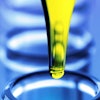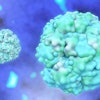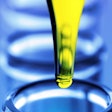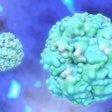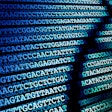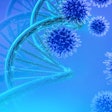
A new test can measure the amount of DNA damage in sperm with greater accuracy than current tests. The new method may improve the diagnosis of male infertility, according to research published on January 20 in the journal Clinical Chemistry.
Male infertility rates are on the rise due to a range of lifestyle, demographic, and environmental factors, such as the widespread use of hormone-altering chemicals. This has led to a need for better ways to assess sperm DNA damage in order to guide fertility treatments.
However, current tests, which are typically based on a measurement called the sperm DNA fragmentation index (DFI), only show if the DNA in sperm is damaged. They don't measure the amount of damage, making them unable to provide a complete evaluation of the health of the sperm.
In the current study, a team of researchers led by Xianjin Xiao, PhD, of Tongji Medical College in Wuhan, China, developed a system that calculates the mean number of DNA breaks (MDB) per sperm in a sample, thereby providing a direct quantitative measurement the specific degree of sperm DNA fragmentation.
Xiao's team compared their new MDB method against the previous DFI method in terms of their abilities to differentiate between athenospermia (low sperm motility) and normal samples. The MDB method did a better job of differentiating the two sample types, yielding an area under the curve of 0.7932 compared to 0.7631 for DFI.
"These data indicated that the MDB parameter had stronger clinical relevance with the pregnancy outcomes and our established method could provide a better tool to evaluate sperm quality and male fertility," Xiao said. "Our method involves direct detection of actual DNA fragmentation, which can measure the specific degree of sperm DNA fragmentation. The method has the advantages of short time-consumption, simple operation, high analytical sensitivity, and low requirement for instruments, which are conducive to the popularization of clinical application."
